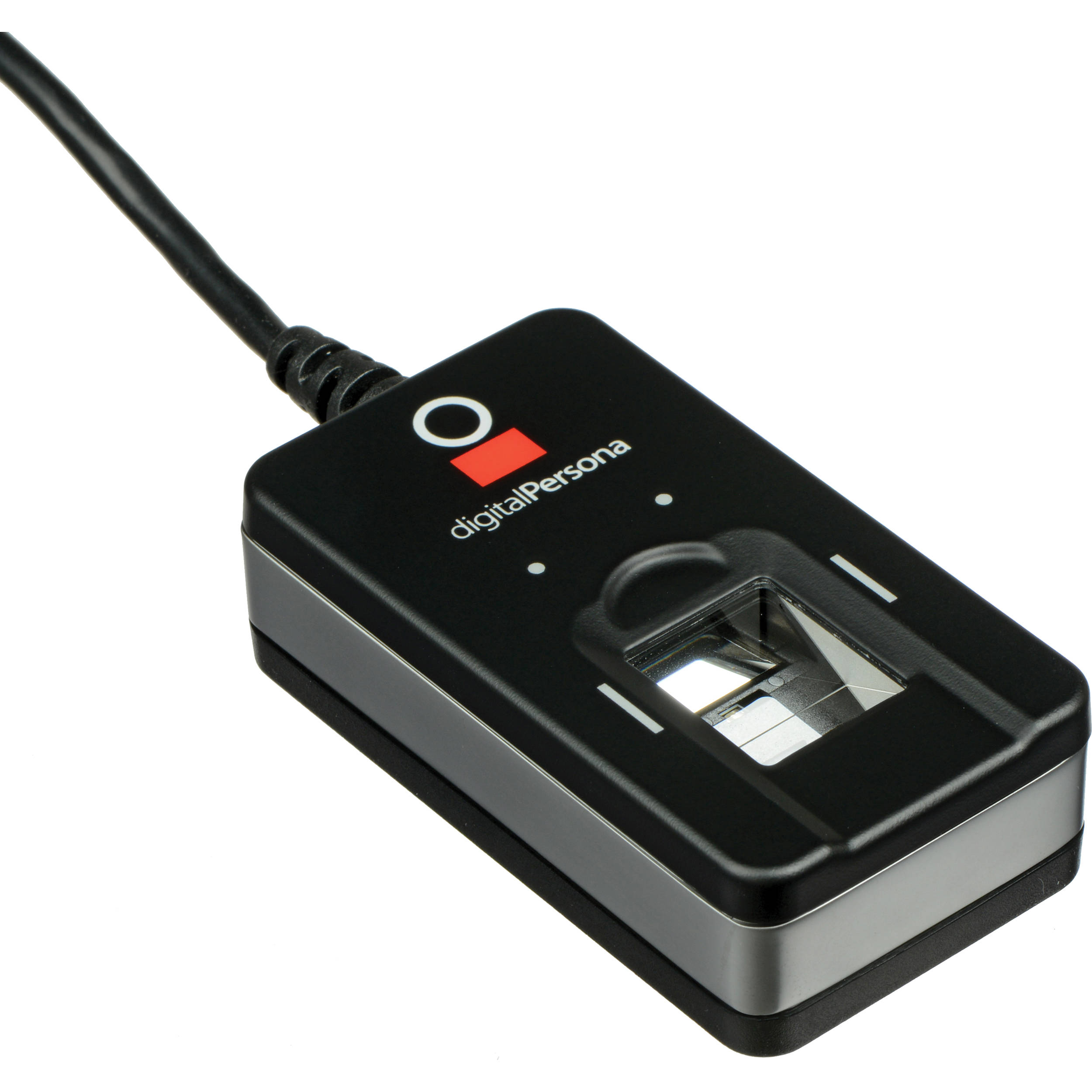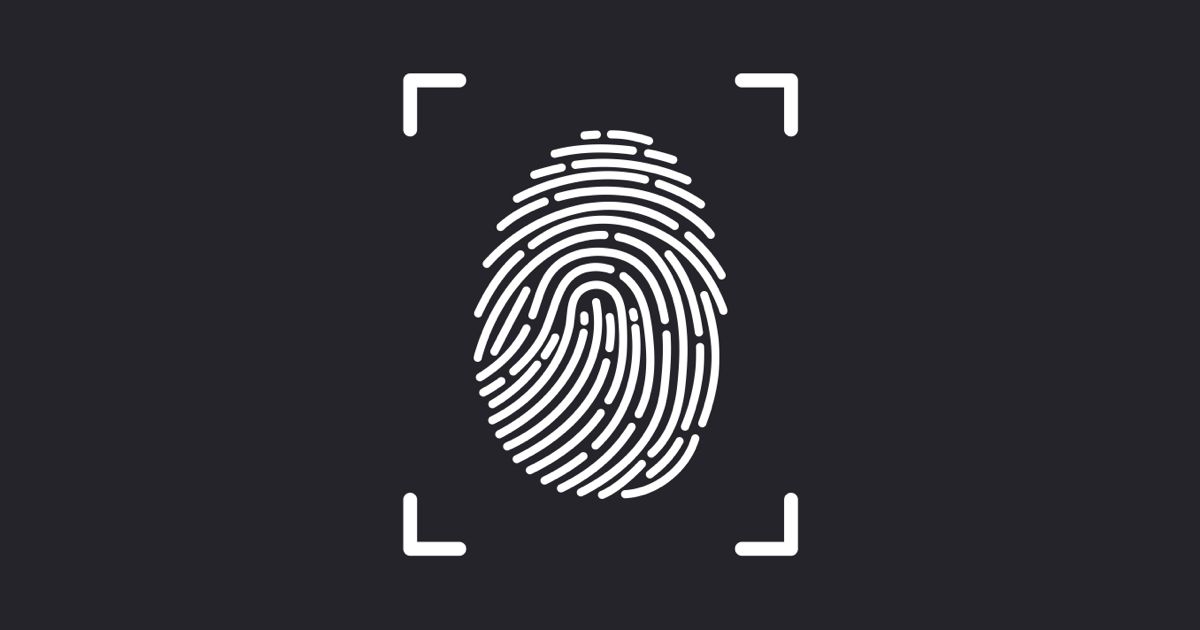

One advantage of the USB variant is that it is easier to check whether the sensor has been detected. Theoretically, you can do it also with 5V and a TTL converter, but I will not go into details in this tutorial. If you have a sensor with 3.3V required input voltage, you can also connect this without USB converter directly to the GPIOs. If the name differs (because, for example, other devices are connected), you have to adapt it accordingly in the following steps.

#Digitalpersona 4500 drivers serial
If no other serial devices are connected via USB, nothing should be displayed first and afterwards /dev/ttyUSB0. To check whether the cabling is correct and whether the sensor is detected, you can open your console and perform the following before and after connecting: ls /dev/ttyUSB* If your sensor needs a higher voltage than 3.3V (and the maximum value is equal to or greater than 5V), you can connect the red cable to the 5V pin. Red: Depending on the accepted voltage of the sensor (3.3V or 5V).We only need four of the cables (if your fingerprint sensor has more, you can ignore the remaining colors): However, the cables have a clear color, which we can identify and connect to the USB converter. The USB adapter is labeled, but the fingerprint sensor cables are not. The voltage is very important for the connection.Ĭonnection of the Raspberry Pi Fingerprint Sensor other models have a voltage between 3.8V and 6V. Mine needs 3.3V input voltage, however, e.g. Note in the article description, what voltage your sensor needs. optional: cousing (which can also be 3d-printed).Female-Female Jumper wires ( US / UK), if not included with the USB converter.Serial USB converter ( US / UK) with 3.3V and 5V connection.Apart from the voltage the models do not differ much. Raspberry Pi Fingerprint Sensor ( US / UK).These are particularly suitable (also in connection with an Arduino). Some models can be used with both 3.3V and 5V voltage. Since there are different fingerprint sensors, which do not all work with 3.3V, a USB UART converter is recommended. The Raspberry Pi has two pins (pin 8 / GPIO14 and pin 10 / GPIO 15), but they work with 3.3V. These sensors were originally developed for the Arduino and can be read via UART. Accessories A USB TTL adapter with 3.3V and 5V voltage output can be used for many serial modules.


 0 kommentar(er)
0 kommentar(er)
